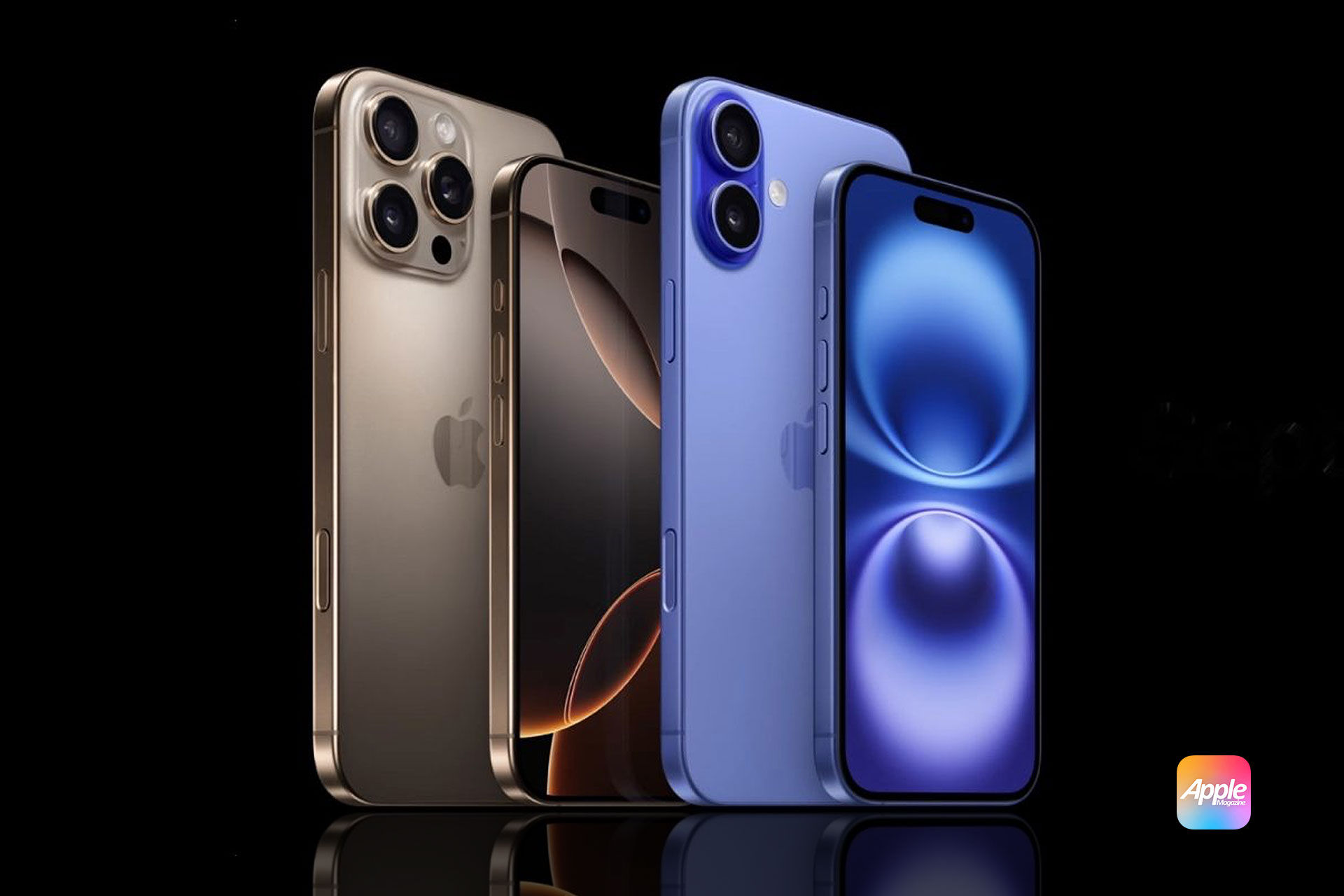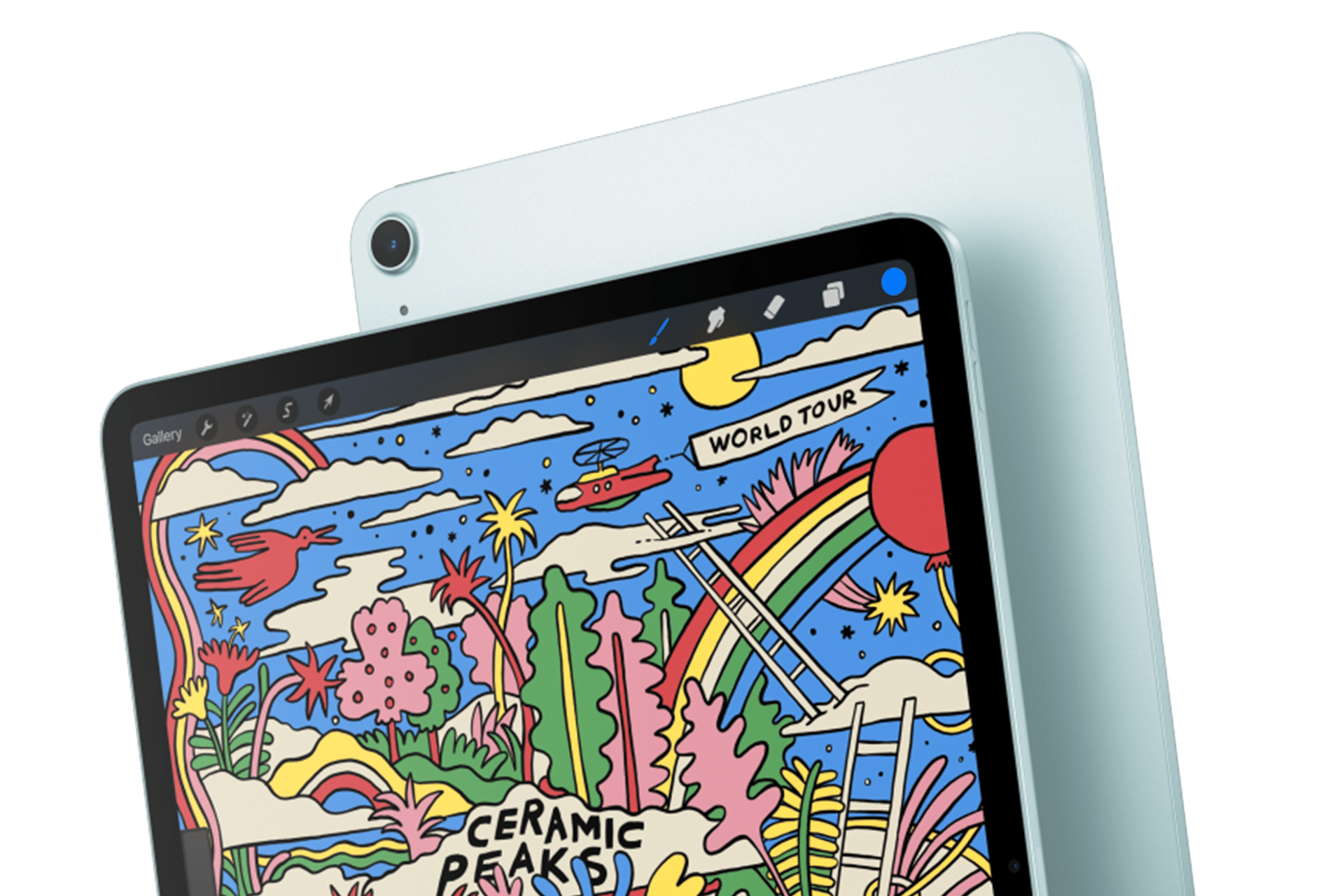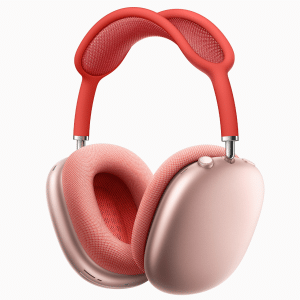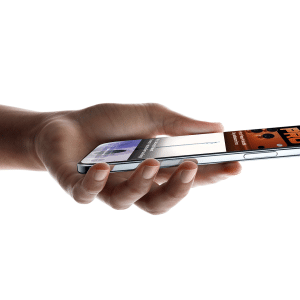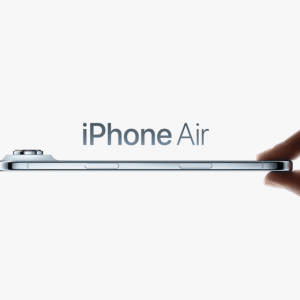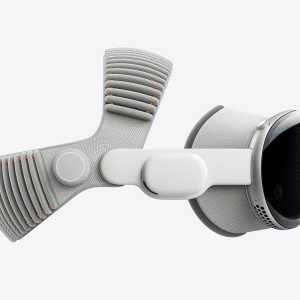China remains a cornerstone of Apple’s manufacturing, assembling most iPhones and other products. Industry analysts consulted by Reuters estimate that iPhone prices could surge by as much as 43% if Apple passes the full tariff burden onto consumers. That would push the iPhone 16e, currently starting at $599, to over $850, while the top-tier iPhone 16 Pro Max with 1TB of storage could jump from $1,599 to nearly $2,300. For budget-conscious users, such hikes could make upgrading a far less appealing prospect.
Apple’s Stockpile Strategy
Apple isn’t sitting idle. The company has likely been stockpiling devices in the U.S. to dodge immediate tariff hits. Under the executive order, goods in transit before 12:01 a.m. Eastern Time on April 9 are exempt, giving Apple a narrow window to flood the market with pre-tariff inventory. This could delay price increases for current models like the iPhone 16 series, potentially lasting until the iPhone 17 lineup arrives in fall 2025. But once that stock runs dry, Apple faces a dilemma: absorb the costs and shrink its profit margins or raise prices and risk dampening demand in an already jittery economy.
Bank of America analyst Wamsi Mohan predicts a potential $1.24 drop in earnings per share by 2026 if Apple swallows the tariff impact whole. Meanwhile, Yale Budget Lab’s Martha Gimbel told The New York Times that firms can’t simply absorb such “really big tariffs” without passing costs along. Apple’s multi-pronged approach—adjusting prices, optimizing supply chains, and seeking exemptions—might soften the blow, but some increase seems inevitable.
A Market in Flux
The tariffs aren’t just a China problem. With rates of 26% on India, 46% on Vietnam, and a baseline 10% on other nations, Apple’s efforts to diversify production beyond China are also under pressure. This broad scope complicates the company’s recent shift to assemble iPhones in India and AirPods in Vietnam—moves once seen as a buffer against U.S.-China trade spats. Now, with Apple’s stock already down nearly 15% since the tariff announcement, investor confidence is wavering.
Trump’s stance adds more uncertainty. Posting on Truth Social, he declared no intent to back off, predicting markets will “BOOM” despite a “productive call” with Vietnam hinting at possible negotiations. For users, this unpredictability fuels the upgrade debate. CFRA Research analyst Angelo Zino suggests Apple might limit price hikes to 5-10% until the iPhone 17 launch, aligning with its typical cycle for planned increases. But with no official word from Apple, the timeline remains a guess.
Why It Matters to You
For the average user, this isn’t just about sticker shock—it’s about timing. If you’ve been holding off on replacing an aging iPhone XR or a sluggish MacBook, grabbing a current model now could save hundreds compared to post-tariff prices. Take the iPhone 16e: at $599 today, it’s a steal next to a potential $850 tag. Even premium buyers might balk at a $2,300 iPhone 16 Pro Max when today’s price is $1,599. The same logic applies to Macs, iPads, and beyond—tariffs don’t discriminate by product.
Yet, there’s a flip side. Apple could secure exemptions, or Trump might soften his stance under pressure from trade talks. If that happens, waiting could pay off. The risk? Waiting too long might lock you into higher costs if the tariffs stick and Apple’s U.S. stockpile depletes before the next big release.
The Bigger Picture
Beyond the wallet, these tariffs test Apple’s resilience. The company’s knack for premium pricing has long buoyed its margins—hitting a record 46.9% last quarter—but absorbing a 54% tax on Chinese imports could squeeze that cushion. Shifting more production to the U.S., like TSMC’s Arizona plant churning out A16 chips, is an option, though it won’t scale fast enough to offset near-term impacts. For users, this could mean not just pricier devices but also delays in innovation if Apple diverts resources to navigate the trade storm.
For now, the advice is practical: if you need an upgrade and can swing it, buying soon might dodge the tariff bullet. The iPhone 16, MacBook Air M4, or any current device could be your last shot at pre-tariff pricing. But if you’re content with your gear, holding out might reveal whether Apple—or Trump—blinks first in this high-stakes standoff.
